Welcome to the world of polyculture, an approach to gardening that embraces diversity and mimics natural ecosystems.
Sowing Seeds of Healing: Therapeutic Horticulture and Mental Health
In our fast-paced world, mental health has become a pivotal concern. Amidst the various therapeutic approaches, horticultural therapy stands as an innovative method to address mental health issues.
There’s no doubt that medication has its place in mental health, but therapeutic gardening is a natural alternative that works better for a lot of people. We all know that gardening makes us feel good, but in this article, we’ll take this intuitive understanding to new levels.
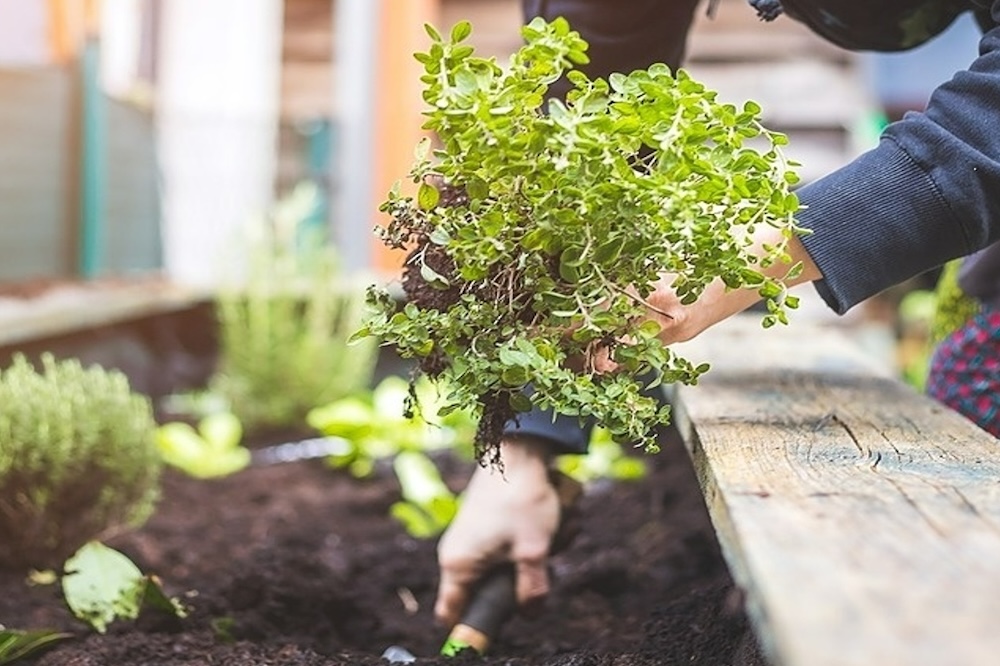
Understanding Therapeutic Horticulture and Mental Health
Therapeutic horticulture is a process where plants and gardening activities are used to improve an individual’s body, mind, and spirit. It differs from casual gardening as it involves tailored gardening experiences to meet specific therapeutic goals. The primary objectives of therapeutic horticulture are to improve concentration, memory, sensory awareness, and social interaction while reducing stress, anger, and pain.
Therapeutic horticulture is often led by trained professionals, but anybody can practice it on their own in a private or public garden, as long as you have permission to do so. Mental health refers to our cognitive, emotional, and social well-being. It impacts how we think, feel, and act. It’s important to note that mental health disorders are not the same as intellectual impairments like Autism Spectrum Disorder (ASD) or Attention Deficit Hyperactivity Disorder (ADHD).
While these conditions are classified as “disorders”, they can lead to certain impairments or difficulties, and in this sense, they might be referred to as “disabilities”. The term “disability” often implies a limitation in function, whereas “mental health disorder” refers to a disturbance in normal functioning.
However, “disorders” like ADHD and ASD are often associated with a higher likelihood of mental health conditions such as anxiety disorders and depression due to the difficulties associated with them. Whether you or somebody you know suffers from an anxiety disorder, depression, PTSD or any other mental health problem, therapeutic horticulture may help get you closer to your true self.
It won’t get rid of your ADHD or ASD, though, because that’s a part of who you are naturally.
The Science Behind Horticulture Therapy
Gardening impacts our brain and mental health in several ways. It encourages physical activity, which boosts mood-enhancing hormones, reduces stress hormones, and promotes healthier sleep patterns.
Furthermore, being in nature improves our mood, lowers anxiety, and aids in depression relief. These aren’t empty claims. They’re backed up by a number of scientific studies.
“The multi-sites trial on the effects of therapeutic gardening on mental health and well-being” (source): This trial investigates the impact and preliminary effects of a therapeutic gardening program on mental health and well-being. The participants’ mental health and well-being were assessed using the Mental Health Screening Tool for Depressive Disorders. The study suggests that therapeutic gardening can significantly contribute to improved mental health and well-being, highlighting its potential as a valuable tool in addressing a range of mental health issues.
“A prospective study of group cohesiveness in therapeutic horticulture for clinical depression” (source): This prospective study focuses on group cohesiveness during and after participating in a therapeutic horticulture programme and its impact on individuals with clinical depression. The study revealed that participation in a 12-week therapeutic horticulture program resulted in improved mental health outcomes at the end of the program and at a 3-month follow-up.
“Impacts of therapeutic horticulture on happiness and loneliness in institutionalized clients with mental health conditions” (source): This research examines the impacts of therapeutic horticulture compared to conventional occupational therapies on happiness and loneliness in institutionalised clients with mental health conditions. The study found that therapeutic horticulture had a positive effect on the participants, leading to increased happiness and decreased feelings of loneliness.
These studies collectively suggest that therapeutic horticulture can have a positive impact on various aspects of mental health, including depression, happiness, loneliness, and overall well-being.
Therapeutic Gardening Activities and Techniques for Mental Health
Here are some therapeutic horticulture activities that may be beneficial for people dealing with mental health disorders like depression, anxiety, PTSD, among others.
Remember that these activities should be performed under appropriate guidance and in a conducive environment for healing:
- General Gardening: The simple act of planting seeds, watering plants, and watching them grow can provide a sense of achievement and purpose. This can help improve mood and reduce feelings of anxiety or depression.
- Sensory Gardening: Gardening with a particular focus on the touch sensations, smells, sounds, sights and tastes (where appropriate) is a way to connect even more deeply with nature. Read more about sensory gardening here.
- Flower Arranging: This creative activity can be very calming and satisfying. It can help improve concentration, reduce stress, and promote a sense of well-being.
- Vegetable Cultivation: Growing your own food can be incredibly rewarding. It promotes physical activity, provides a sense of accomplishment, and can even lead to healthier eating habits.
- Nature Walks: Walking through a garden or a park can help reduce stress levels, improve mood, and promote relaxation. Try to mindfully focus on the sounds, smells, and sights around you.
- Bonsai Trimming: The practice of cultivating and trimming bonsai trees requires patience and concentration. It can be a form of meditation, helping to calm the mind and reduce anxiety.
- Herb Gardening: Growing herbs can be a therapeutic experience. The process of nurturing the plants and then using them in cooking or for medicinal purposes can provide a sense of purpose and achievement.
- Community Gardening: Participating in a community garden can provide social interaction, a sense of belonging, and the opportunity to contribute to a project. This can help improve mood and reduce feelings of isolation or loneliness.
- Butterfly or Bird Watching: Observing and identifying different species can be an enjoyable and relaxing activity. It can help distract from negative thoughts and promote a sense of peace and tranquillity.
- Garden Design and Landscaping: Designing and creating a small garden space can be a creative outlet that provides a sense of achievement. It can also help improve problem-solving skills and boost self-esteem. It’s a special feeling when you’ve designed and created a space all by yourself.
- Composting: Composting kitchen and garden waste can be a rewarding activity that contributes to a sustainable lifestyle. It can also provide a sense of purpose and achievement.
While you can certainly practice these activities all by yourself, or encourage your children or students to partake in them, it’s a good idea to consult with a healthcare provider or a certified horticultural therapist before starting a new therapeutic activity, especially if you’re dealing with genuine mental health issues.
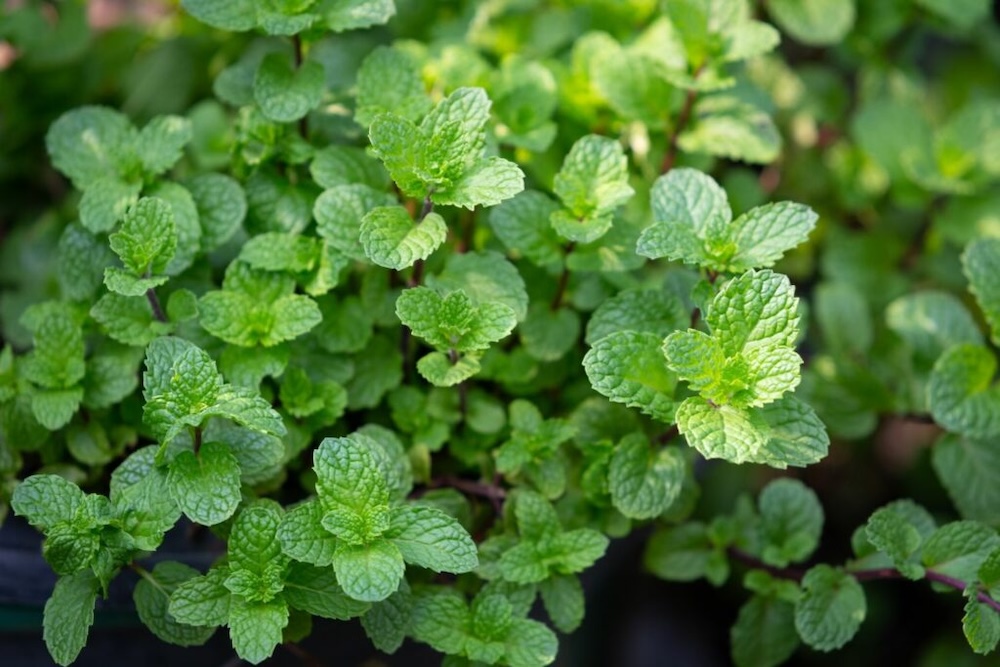
Garden Accessibility for Mental Health
Unfortunately, individuals with mental health disorders often face barriers to accessing gardens. These barriers could be physical (like inaccessible garden layouts due to other disabilities) or psychological (like the fear of judgement). Public gardens should ideally be accessible to everyone, regardless of their mental health condition or physical disabilities.
Garden designers and landscape architects can create inclusive spaces by considering different needs during the design process. This could involve creating quiet, secluded areas for those who might feel overwhelmed or incorporating sensory elements for those who find them calming. To create accessible horticulture therapy programs, therapists can offer flexible schedules, provide clear instructions, and foster a non-judgemental environment.
Implementing Therapeutic Horticulture at Home
Starting a therapeutic garden at home can be straightforward. Begin by choosing a suitable space that feels comfortable and inviting. Then, select plants that are easy to care for—consider including a mix of sensory plants for touch and smell, like lavender or rosemary. Go back over the therapeutic gardening activities above for inspiration when creating your own healing environment at home.
Daniel’s Wrap: Cultivating Calm through Horticulture
Therapeutic horticulture offers a holistic approach to enhancing mental health. Through engaging with nature, individuals can find relief from various mental health conditions and improve their overall well-being.
As we continue to navigate the complexities of mental health, let’s consider incorporating therapeutic horticulture into our lives and advocating for its broader acceptance and implementation.

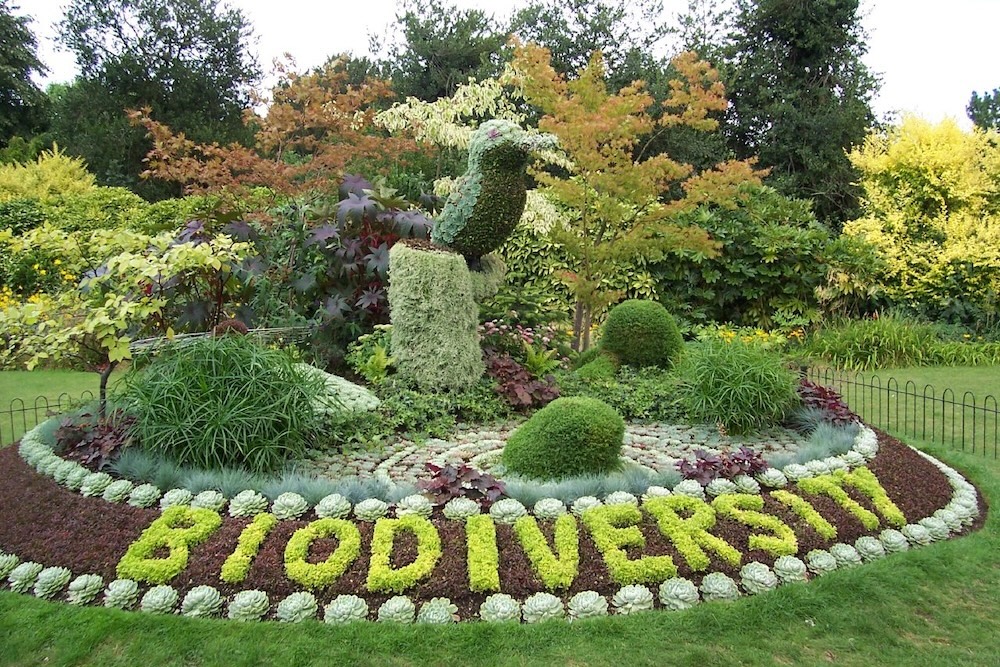
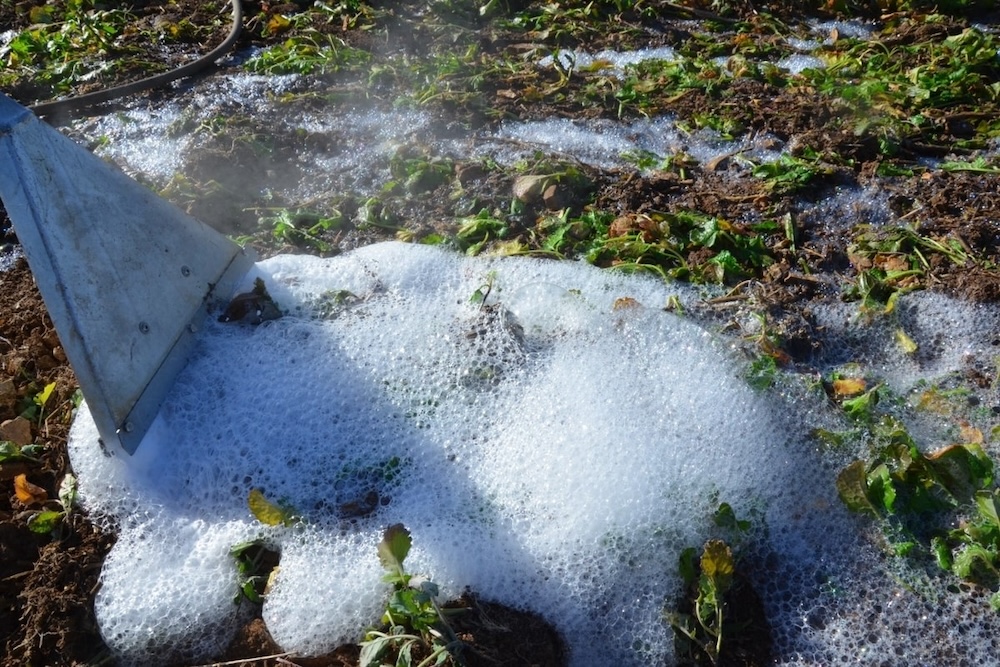
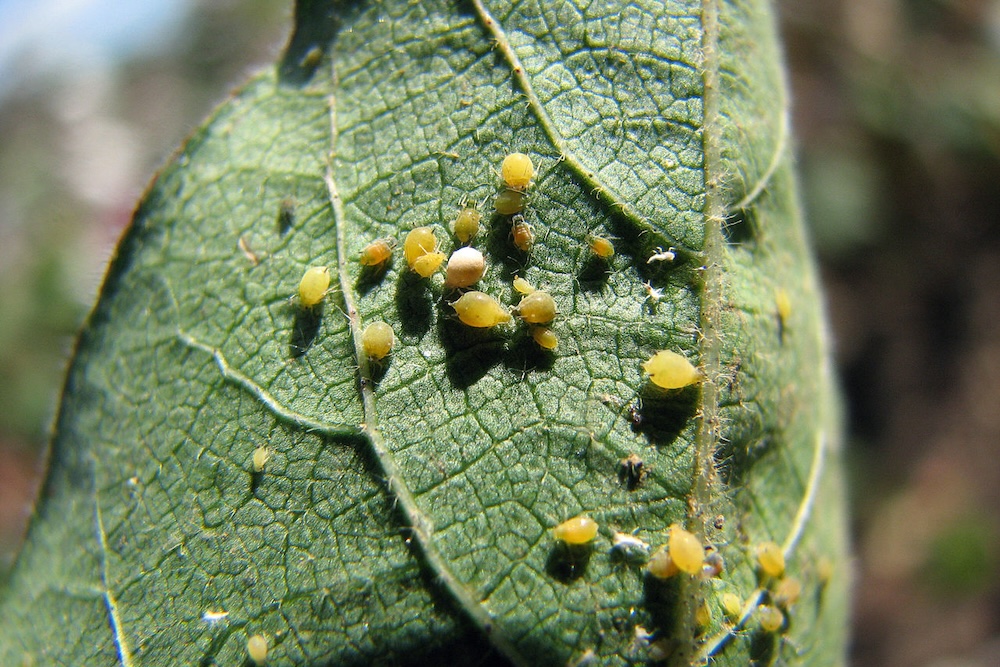
This Post Has 0 Comments